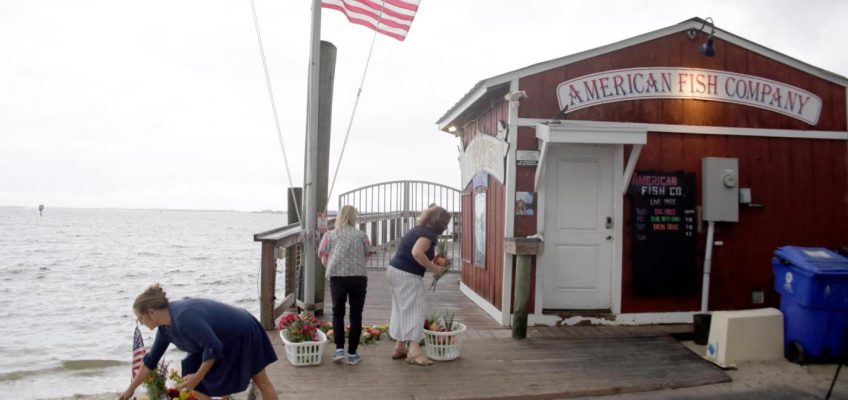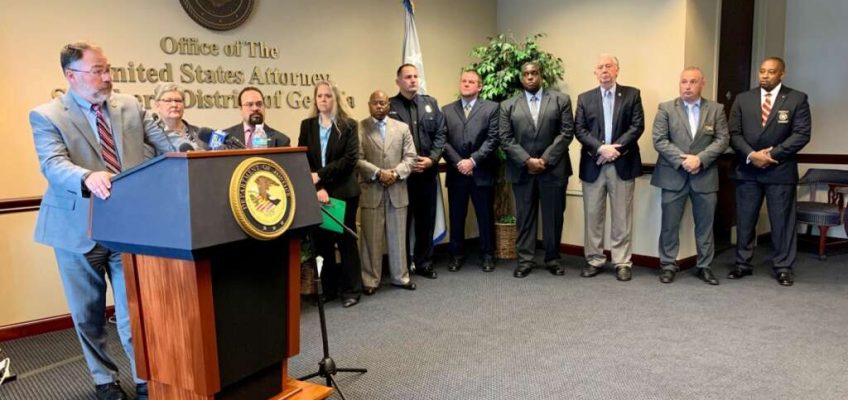By STEPHEN McGRATH
CHISINAU, Moldova (AP) — Moldovans gave the country’s pro-Western governing party a clear parliamentary majority in a weekend election, defeating pro-Russian groups in a vote widely viewed as a stark choice between East and West.
Related Articles
Madagascar’s president fires the government following days of deadly unrest
Dar Global to launch a $1 billion project in Saudi Arabia in a deal with Trump Organization
What we know about Trump’s peace proposal for Gaza
Airspace violations force NATO to tread a tightrope, deterring Russia without hiking tensions
Top diplomats of North Korea and China agree to deepen ties and push back at the United States
European leaders Monday hailed Moldovans for re-affirming their commitment to a Western path and future membership in the European Union in the face of alleged Russian interference. The country is small in size and population but with outsized geopolitical importance.
“You made your choice clear: Europe. Democracy. Freedom,” European Commission President Ursula von der Leyen said in a post on X. “No attempt to sow fear or division could break your resolve.”
Landlocked between war-torn Ukraine and EU and NATO member Romania, Moldova was a Soviet republic until it proclaimed independence in 1991. In recent years it has taken a clear Westward path, turning the country into a geopolitical battleground between Russia and Europe.
The outcome of Sunday’s high-stakes ballot was noteworthy considering Moldovan authorities’ repeated claims that Russia was conducting a vast “hybrid war” to try to sway the outcome. Moldova applied to join the EU in 2022 in the wake of Russia’s full-scale invasion of Ukraine, and was granted candidate status that year. Brussels agreed to open accession negotiations last year.
The election results
With nearly all polling station reports counted on Monday, electoral data showed the pro-EU Party of Action and Solidarity, or PAS, securing 50.1% of the vote, while the pro-Russian Patriotic Electoral Bloc won 24.2%. The Russia-friendly Alternativa Bloc came third, followed by the populist Our Party. The right-wing Democracy at Home party also won enough votes to enter parliament.
Electoral data indicate the PAS will hold a clear majority of about 55 of the 101 seats in the legislature.
At the PAS campaign headquarters on Monday morning in the capital Chisinau, party leader Igor Grosu described the election as another battle against “enemies of our country that once seemed impossible to defeat,” saying the race was a “final battle for the future.”
“It was not only PAS that won these elections, it was the people who won,” he said. “The Russian Federation threw into battle everything it had that was most vile — mountains of money, mountains of lies, mountains of illegalities. It used criminals to try to turn our entire country into a haven for crime. It filled everything with hatred.”
At the annual meeting of world leaders at the U.N. General Assembly in New York, Moldova’s U.N. Ambassador Gheorghe Leucă told ministers and ambassadors Monday that “Despite unprecedented pressure, disinformation and interference from the Kremlin, the Moldovan people defended democracy through free and fair elections.”
The people of Moldova made the choice, he said, but the meaning of the election is global and showed that “democracy can prevail even under relentless pressure.” He also said democracies can’t stand alone and need “solidarity, resilience and support.”
Building a new government
After a legislative election, Moldova’s president nominates a prime minister, generally from the leading party or bloc, which can then try to form a new government. A proposed government then needs parliamentary approval.
It is considered likely that President Maia Sandu, who founded PAS in 2016, will opt for some continuity by once again nominating Prime Minister Dorin Recean, an economist who has steered Moldova’s government through multiple crises since 2023. Recean also previously served as Sandu’s defense and security adviser.
“The major task right now is to bring back the society together, because what Russia achieved, is to produce a lot of tension and division in society,” Recean told reporters.
Sandu said on Monday that the outcome proved Moldovans “can unite when our country’s future is at stake” but that the victory must benefit all citizens.
“Moldova is our common home,” she said. “We all share the same hopes: to live in peace and freedom, and to offer our children a safe future here, at home. The surest path to those goals is the European path. Yesterday’s vote is a strong mandate for Moldova’s EU accession.”
The alleged Russian schemes included orchestrating a large-scale vote-buying scheme, conducting more than 1,000 cyberattacks on critical government infrastructure so far this year, a plan to incite riots around Sunday’s election, and a sprawling disinformation campaign online to sway voters.
Ukrainian President Volodymyr Zelenskyy said he had spoken to Sandu on the phone and congratulated her on what he called “a very important victory” for Moldova. “Russian subversion, constant disinformation — none of this worked,” he said.
Moscow had repeatedly denied meddling in Moldova.
Bomb threats and cyberattacks on election day
Election day was dogged by a string of incidents, ranging from bomb threats at multiple polling stations abroad to cyberattacks on electoral and government infrastructure, voters photographing their ballots and some being illegally transported to polling stations. Three people were also detained, suspected of plotting to cause unrest after the vote.
Igor Dodon, a former president and a member of the pro-Russian Patriotic Electoral Bloc, called for a protest in front of the Parliament building on Monday after alleging, without presenting any evidence, that the PAS meddled with the vote.
PAS campaigned on a pledge to continue Moldova’s path toward EU membership by signing an accession treaty to the 27-nation bloc by 2028, doubling incomes, modernizing infrastructure, and fighting corruption.
An unambiguous victory
Cristian Cantir, a Moldovan associate professor of international relations at Oakland University in Michigan, told The Associated Press that PAS’s victory means it will “be able to ensure continuity in the next few years in the pursuit of their ultimate goal of EU integration.”
“A PAS majority saves the party from having to form a coalition that would have most likely been unstable and would have slowed down the pace of reforms to join the EU,” he said but added: “Moldova will continue to be in a difficult geopolitical environment characterized by Russia’s attempts to pull it back into its sphere of influence.”
Some 1.6 million people, or about 52.1% of eligible voters, cast ballots, according to the Central Electoral Commission, with 280,000 of them coming from votes in polling stations set up abroad.
“I see progress in our government and in our evolution … how to be a part of Europe,” said 21-year-old student Nichita Prepelita. “PAS said Moldova will integrate into the European Union in 2028. For me, it’s a little bit hard to believe … but I hope it will be.”
“Now people are really choosing between … Europe and Russia,” he added.
The Kremlin on Monday said “hundreds of thousands” of Moldovans living in Russia were unable to vote in the election due to an alleged lack of polling stations set up in the country. Kremlin spokesperson Dmitry Peskov said it was “obviously insufficient and couldn’t give everyone the opportunity to vote,” without providing further details.
Katie Marie Davies in Manchester, U.K., and Edith M. Lederer at the United Nations contributed to this report.




